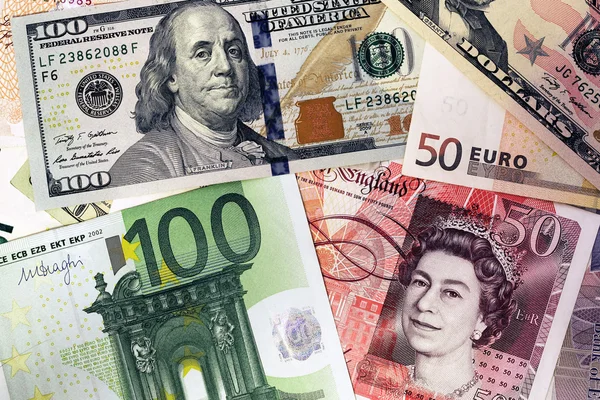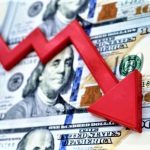Pound Sterling (GBP) fails to prolong its rebound and falls dramatically with poor economic prospects fueled.
The Pound Sterling (GBP) fails to prolong its rebound and falls dramatically with poor economic prospects. Fueled by increased inflation and the Bank of England’s (BoE) hawkish monetary policy. The GBPUSD pair is picking up demand as market sentiment improves. On expectations that global central banks’ interest rates may peak sooner than predicted.
The preliminary industrial activity in the United Kingdom fell in July. As enterprises delayed loan demand to avoid higher interest liabilities. Aside from high financing costs, demand for large-ticket products is high. has stalled as many people struggle to afford necessities. Meanwhile, home demand is under growing strain as people refrain from borrowing money. In order to avoid increased mortgage rates.
Pound Sterling falls as market sentiment becomes cautious.
The pound falls as the Bank of England raises interest rates, dampening the economic outlook.
S&P Global said on Monday that industrial activity in the United Kingdom fell to 45.0 in early July, missing the 46.1 predicted and falling below the 46.5 registered in June, marking the manufacturing sector’s 12th consecutive drop. A PMI reading less than 50.0 indicates contraction.
The preliminary Services PMI for the United Kingdom fell to 51.5 from 53.0 and 53.7 in the previous edition, respectively.
July The preliminary PMIs were the lowest since January, adding to signs that the Bank of England is feeling the pressure of rising inflation and increased interest rates.
A lackluster economic outlook has increased expectations of a British recession.
The United Kingdom’s economic recovery is stalling as businesses grapple with the weight of increasing borrowing rates.
Uncertainty regarding UK inflation remains, as solid consumer spending may compensate for the recent fall in inflation.
The aggressive policy tightening of the BoE is putting pressure on first-time home purchasers. According to Reuters, UK homebuilders have reduced their land purchases and construction operations.
UK Prime Minister Rishi Sunak vowed to develop one million houses before the next election to help the middle class that pays expensive rents.
However, the pressure from rising mortgage rates is set to last longer, as the UK central bank prepares to raise interest rates. to manage sticky inflation, more rate rises are needed.
The easing of price pressures in June may give BoE officials some breathing room to reconfigure the path to lower inflation, but a slight interest-rate rise in August cannot be ruled out.
The US Dollar Index (DXY) is under pressure as investors anticipate a 25-basis point (bps) increase in interest rates by the Federal Reserve (Fed) on July 26 to the 5.25%-5.50% range.
Investors are focused on Fed Chair Jerome Powell’s interest-rate forecast, as Fed officials have emphasized the need for one more interest-rate hike in addition to the one in July.
Investors, not Fed officials, believe that the Fed’s 17-month policy tightening cycle will top on July 26.
The preliminary July Manufacturing PMI in the United States surpassed forecasts. However, it remained below the 50.0 figure that distinguishes contraction from expansion. Meanwhile, the Services PMI decreased from June’s level and fell short of expectations.
Following the Fed policy meeting, investors will turn their attention to the second-quarter GDP statistics and June’s Durable Goods Orders.
Technical Outlook
Pound Sterling extends its rebound to approximately 1.2850 as market mood improves on expectations that the Federal Reserve’s (Fed) interest-rate rise in July will be the final nail in the coffin.
After falling more than a week below the 20-day Exponential Moving Average (EMA), the Cable is forming a base. In general, the asset maintains higher highs and lower lows, showing a strong upward tilt.









